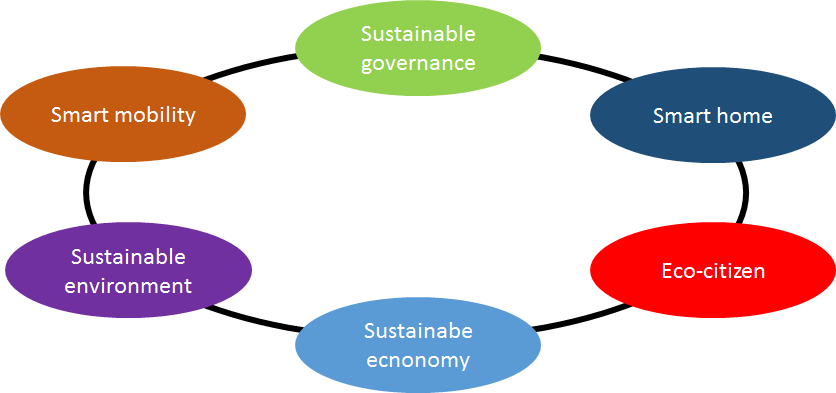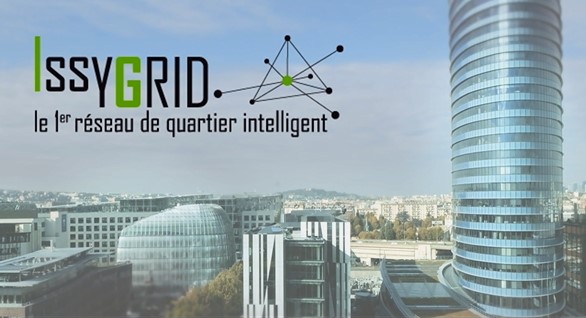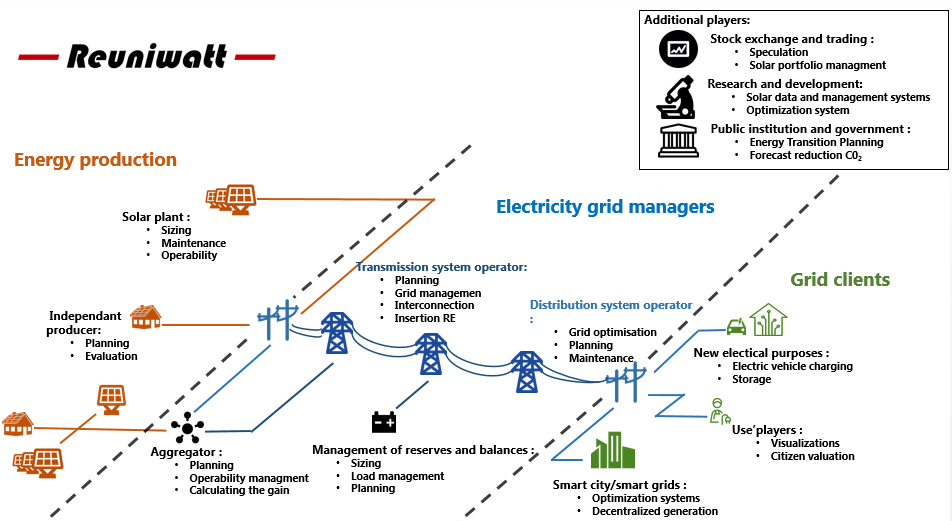The world is moving towards a population more and more present in cities, with an increasing centralisation of business centres. This causes an increase in the number of inhabitants in these areas. Indeed, the United Nations announced that in 2030, two out of three people would live in cities. If nothing is done to adapt these urban areas, they will lead to inevitable economic and environmental crises. This challenge turns urbanisation into a global priority, leading to the development of “smart cities”.
Modern city
Today, 2% of the Earth’s surface is occupied by cities, regrouping nearly 50% of the world’s population. From an energy point of view, these areas consume 75% of the energy produced and are responsible for 80% of greenhouse gas emissions. Thus, cities are the main responsible for anthropogenic global warming.
Our energy transition heavily depends on the choices made to improve the environmental performance of urban areas; the development of smart cities is one of them.
Modern cities enable the implementation of communicating and sustainable infrastructures of water, electricity, gas, transportation, emergency and public services, as well as of intelligent building services which will improve the comfort of citizens, while respecting the environment.
Smart City
A smart city consists in a city using information and communications technologies (ICT) in order to become more intelligent and more efficient in its use of resources. The evolution of this sector will help to save costs but also energy, which will effectively improve services, quality of life, and will have a po
The city of tomorrow seeks to reconcile the societal, cultural and environmental aspects of a city to meet the needs of institutions, businesses and citizens. Smart cities innovatively aggregate all a city’s sectors of operation, through a synergy and an increased communication between its key elements:
This results in:
- transport and mobility by integrating different transportation modes into a single, efficient, easily accessible, affordable and environmentally one;
- the environment through a sustainable development in various sectors such as biodiversity, water supply, with a vision mainly oriented towards the issues of waste and energy;
- urbanisation with a more rational urban organisation to provide a better framework for “living together”, but also to move towards the development of the smart home so as to improve energy management.
Smart Grid City
There are different ways to develop the city of tomorrow, according to the objectives and needs of the urban territory. Therefore, to meet the challenges in the field of energy, “Smart Grid Cities” have been put in place. These are cities primarily designed to more effectively manage their energy consumption and those of their inhabitants.
This results in a systemic approach that combines participatory governance and a smart management of natural resources. To begin with, a local optimisation of energy supplies and energy consumption, with a more intelligent network management and balance between production and consumption is necessary. This corresponds to an approach that will first ease the integration of renewable energy sources, particularly photovoltaics (PV) which perfectly fit within the urban architecture. It will also encourage energy efficiency (development of public low-consumption lighting, for example) and new uses (such as electric mobility).
Soleka, solar forecasting for the energy of the city of tomorrow
Soleka is an innovation combining different technologies to provide solar forecasts from one minute to several days in advance. This decision-making tool is an asset that can address several issues of the Smart City:
- Intra-hour microgrid balancing (eco-friendly neighbourhoods, PV power plants);
- Intra-day network management;
- Intra-day storage control and planning;
- Day-ahead commitments;
- Day-ahead network planning.
Soleka is an innovation that can be used at every level of the electricity value chain, as demonstrated in the following diagram:
Reuniwatt involved in the IssyGrid project
There already are a multitude of smart cities in the world. In Euro
This is the case of IssyGrid, the first operational smart grid in France, which is located in the town of Issy-les-Moulineaux (Parisian suburb). The project, commissioned on 1st April 2016, is based on the digital revolution to create sustainable infrastructures to answer economic and environmental issues met in the city of tomorrow. To do so, it draws on the use of new intelligent energy management technologies (smart grids) and on innovative tools such as the ground camera patented by Reuniwatt, a device that provides intra-hour solar forecasting.
Reuniwatt and the Smart City Energy Analytics (SCE) project:
As part of its development, Reuniwatt also joined one of the French technological research institut
Reuniwatt, aware of the importance of solar production for the development of smart cities, investigates on the integration of solar forecasting in urban management and planning tools. Evariste Chaintreau embodies Reuniwatt on this project.
The city of tomorrow is more than the concept of smart cities using ICT. It mainly represents a transition to a sustainable development of all activities, components, and sectors of this urban territory. This revolution, which encompasses innovative means of transportation as well as a sustainable energy production, is made possible through the use of new ICTs. The access to accurate and reliable data of variable resources enables a more efficient piloting of wind and solar energies. This is what Reuniwatt provides: access to the best solar forecasts for a smarter energy management.

